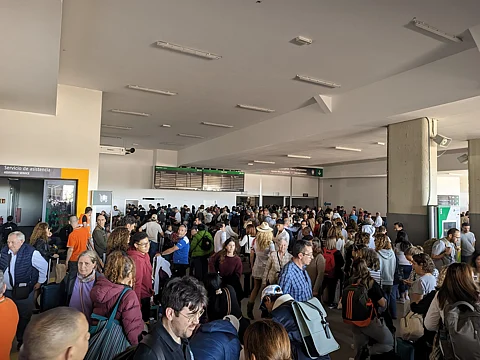

Spain’s investigation into the late April blackout that left much of the Iberian Peninsula without power has identified initial failures in three substations—Granada, Badajoz, and Seville—as the primary trigger, Energy Minister Sara Aagesen announced Wednesday.
Speaking before Spain’s Congress of Deputies, Aagesen confirmed that the Granada substation was the first to fail, leading to a sudden loss of 2.2 gigawatts (GW) of power and subsequent grid disconnections. The exact cause of the substation failures remains unknown.
Aagesen stated that the ongoing probe has dismissed several potential causes, including insufficient grid coverage, backup failures, or network capacity issues. She emphasized the government’s commitment to a thorough investigation, stating, “We are working with rigor, not speculation—because that is what the Spanish people deserve: rigor and truth.”
The findings mark the first official conclusions since the April 28 blackout, which brought widespread disruptions across Spain and Portugal. Aagesen described the investigation as “extremely complex,” citing the analysis of “millions of bits of data.”
Preliminary data also revealed voltage fluctuations in the Iberian system’s connection with continental Europe roughly 30 minutes before the outage. This aligns with observations from the European Network of Transmission System Operators for Electricity (ENTSO-E), which reported unusual power and frequency swings in the continental grid prior to the incident.
The blackout has reignited debate over Spain’s energy transition, particularly its reliance on renewables and plans to phase out nuclear power by 2035. Critics argue that reduced “grid inertia” from retiring conventional plants may have contributed to instability.
Aagesen defended the government’s renewable energy strategy, citing its economic and security benefits, but left the door open to extending nuclear plant operations—provided safety, affordability, and grid stability conditions are met.
Spain’s grid operator, REE, confirmed no prior issues in the main transmission network, suggesting the failure originated outside the grid—likely at generation facilities or local distribution systems. Aagesen also denied claims of ignored warnings, stating, “There was no alert, no warning.”
The minister pledged to continue the investigation “relentlessly,” cautioning that the incident’s complexity means answers will not come quickly.